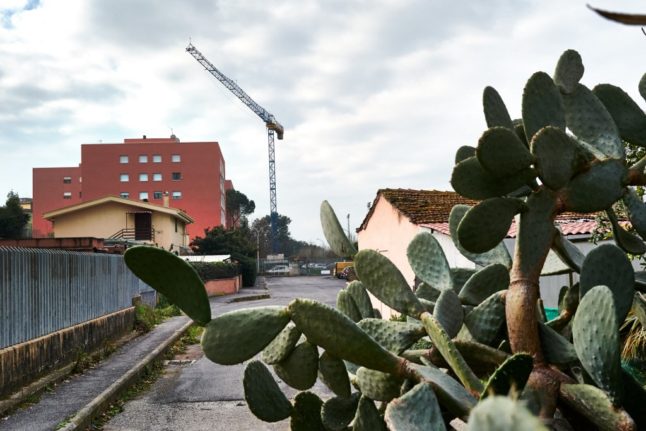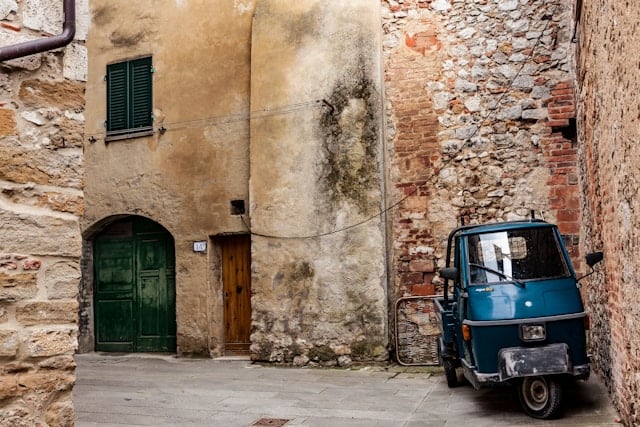House prices in Italy rose by 3.8 percent on average in the last 12 months, according to data released by the national statistics institute Istat on Monday.
This was the biggest annual increase recorded since the House Price Index (IPAB) measuring changes in property prices in Italy was launched in 2010, Istat said.
READ ALSO: Where in Italy are house prices rising fastest?
The average price of new-build homes rose by 6.1 percent during that period, while existing properties recorded an increase of 3.4 percent.
This may not sound like a major change, particularly when compared to the steep price increases seen in countries such as the UK in recent years, but Italy’s property market has long been relatively stagnant.
Until the end of 2019, Italy had been one of the only countries in the European Union recording stagnation and decline in property prices.
This trend changed during the pandemic, as the first slight increase in house prices for years was recorded at the end of the first quarter of 2020
Despite the jump recorded in 2022, many years of falling or flatlining house prices have meant that overall since 2010 average prices have decreased by 9.5 percent overall.

The low values of the large number of older properties on the market in Italy have long been the main factor weighing average values down.
Istat records show that, while the prices of new homes have risen by 14.2 percent since 2010, existing properties have seen their value fall by 17.1 percent.
Italy’s property market also shows strong regional variations: in 2022, price growth was particularly marked in northern Italy (+3.4 in the north-west and +4.2 in the north-east) and much lower in the centre (+1.9). The south and islands together recorded a small increase of just +0.6 percent.
IN MAPS: How Italy’s property prices vary by region
In all areas, price rises were seen for new build properties while older properties lost value.
At the start of the year, some experts cautiously predicted that house prices will continue to rise, albeit very modestly, throughout 2023.
While their predictions have so far been borne out, the trend may be short lived, according to some experts.
The president of Italy’s National Consumers’ Union, Massimiliano Dona, was less than optimistic about the outlook when commenting on Istat’s latest data
“Well, excellent news! It’s a positive fact that the value of Italian homes is growing,” he said. “Unfortunately however, things are destined to get worse soon.”
“The sudden rise in interest rates decided by the ECB, by driving up the cost of mortgages, will produce a drastic reduction in buying and selling volumes, which are already down, not surprisingly, by 2.1 percent in the fourth quarter of 2022 with negative consequences on house prices.”
See more in The Local’s property section.



 Please whitelist us to continue reading.
Please whitelist us to continue reading.
Member comments